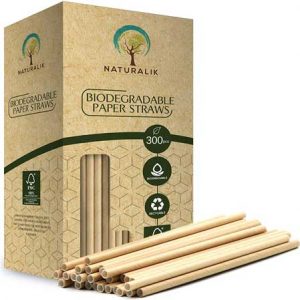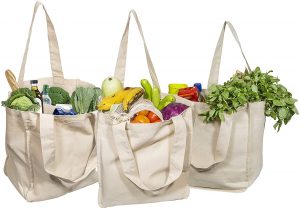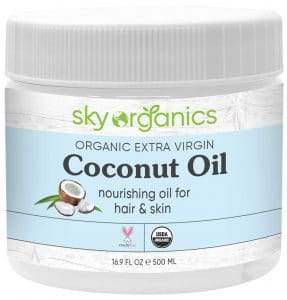Plastic is one of the most widely spread packing materials for a number of reasons. It has simple manufacturing requirements and it is cheap to make. However, it also triggers numerous negative effects on the environment through its lengthy decomposition times. Plastic can wreak havoc on any natural ecosystem and the need for eco friendly packing alternatives is undeniable.
Let’s have a look at a few of the safest sustainable packaging and eco friendly food containers on the go.
What Is Biodegradable Packaging
One of most popular alternatives to plastic packaging is represented by containers made from aluminum, tin, and other types of metal. However, while metal packing does remove most of the issues associated with the use of plastic, when used for packing perishables, metal alternatives still require the use of plastic films, coating, or seals, for additional protection reasons.
Automatically, there is a need for even better solutions. They have been found in the form of biodegradable packaging that uses biopolymers found in cellulose and other living organisms. Biodegradable packaging is entirely safe to use and consume, it degrades at fast rates and it can be manufactured with the help of waste plant products.
These biopolymers can be used to manufacture a great number of biodegradable packaging solutions, ranging from films, seals, lids, bags, coatings, and containers.
- Biodegradable film is water resistant and can be effectively used instead of standard film made from polyethylene to wrap food or cosmetics.
- Biodegradable coating is used on vegetables and fruits as a means of preventing germs from contaminating the food, while also boosting their shelf life. This type of biodegradable coating is spread on the fruits and veggies prior to their packing and storing in containers made of metal.
- A biodegradable bag flexible, sturdy, can withstand high temperatures and humidity and it is commonly used for storing food and cosmetics in aluminum or tin containers. They are used store items for long periods of time and for items that require long-distance shipment.
These biopolymers that are part of the biodegradable packaging solutions we can use today are obtained in a number of ways, such as direct extraction from plant matter. For instance, polymers obtained with the help of starch are excellent eco friendly alternatives to plastics made from polystyrene and polyethylene plastics.
Advantages of Eco Friendly Materials For Packaging
- Biodegradable packaging has the great advantage of being manufactured with the help of made of renewable materials, in opposition with plastics that are obtained with the help of oil.
- The biopolymers used to produce biodegradable packaging are synthesized with the help of a process that is more energy-efficient compared to the process needed to produce plastic polymers.
- Eco packaging is not toxic and harmful for the environment and human consumption. Disposing of sustainable packaging such as compostable containers is done with more ease. The issue of buildup over time is non-existent as opposed to plastic packaging buildup.
- The biopolymers used to manufacture eco friendly packaging alternatives significantly lower the need to use oil, while cutting the carbon dioxide emissions.
Issues With Biodegradable Packaging
While the benefits of using eco friendly packaging alternatives are obvious and irrefutable, there are some small issues for which researchers are still looking for satisfying solutions. One of them is the fact that by using biopolymers in the long run, the request for larger quantities for plant matter will keep rising. Therefore, there is a need to use a more efficient procedures to synthesize these biopolymers, or else we will need to find more land to produce these biopolymers.
Plus, the production of biopolymers is done in processing plants that are expensive to build and harmful for the environment, often times taking years to complete.
Another issues associated with the use of biopolymers is the fact that not all of them can be composted at home. This means they need to be taken to specialized composting facilities instead.
However, given the increased demand for biodegradable and eco friendly packaging alternatives, more and more brands in the food industry are forced to keep up with the trends and come up with better and more sustainable alternatives. One of them is represented by environmentally friendly packaging.
Let us find out more about it and learn what is the difference between biodegradable and compostable packaging.
Biodegradable Packaging VS Compostable Packaging
Eco friendly packaging is packaging that is compostable, recyclable, biodegradable, or a mix of the three.
Biodegradable packaging can easily decompose via natural biological processes, with the help of regular and natural conditions in the environment. In order for a type of eco friendly packaging to be considered biodegradable, it must meet all the EN 13432 biodegradability standards.
Namely, it needs to degrade by at least 90% within 9 months from the time of its disposal. Biodegradable papers are excellent examples of environmentally-friendly packaging that meets this particular standard.
On the other hand, compostable packaging requires a controlled environment and preset conditions such as the use of certain temperatures and the presence of active microorganisms in composting areas.
Biodegradable VS Recyclable: Which One Is Better?
While biodegradable bioplastics like polylactic acid is expected to break down in the environment in a natural way, allowing us to keep plastics to a large scale without worrying about the consequences at the end of their life cycles, things are not as simple in reality.
At the moment, only around 50% of all bioplastics are actually biodegradable. Simply because certain material has a biological source does not also mean that it can naturally break down in the environmental. One such example is the BioSource PETs used by Coca-Cola’s PlantBottle, which are not, in fact, biodegradable.
While PLA is normally considered as being biodegradable, can only break down in specialized industrial composting facilities where it requires certain temperatures to trigger microbes to initiate the breakdown process.
When PLA bottles reach the oceans, they will break down in hundreds of years. On the other hand, PHA bioplastic packaging can break down in the nature in a few months, and the same goes for starch blend and nanocellulose that have become common occurrences in many industries.
On the other hand, recycling plastic packaging is also regarded as a way of overcoming the global plastic waste issue that we are all confronting with right now. While the international recycling efforts have significantly increased over the past few years, just around 9% of this plastic waste actually gets recycled globally.
Various alternative recycling methods such as the extraction of solvents or pyrolysis for creating chemical feedstock and fuel using plastic waste are also into the spotlight. There is a burning need to throw the focus on both biodegradable plastic a well as plastic recycling in order to significantly cut the impact of waste plastics worldwide.
Both of these fields need to also compete against the very low prices of oil that are helping the standard manufacturing and disposal of single-use plastic to be the most affordable solution. Nonetheless, these new technologies are a great aid towards putting a stop to this problem.
The Future Of Biodegradable and Eco-Friendly Packaging
Plastic pollution is expected to grow to such an extent that, by the year 2050, the oceans of the planet will likely contain more plastic than fish. Eco friendly, biodegradable or recyclable food containers to go or bio plastic bags should become consumers’ priority when shopping. Switching to greener and biodegradable materials made from renewable resources that can break down easily and without the use of additional chemicals is an excellent alternative today.
However, consumers are also expected to handle these bioplastics a lot more casually than they would handle standard types of plastic packaging. Thus, there is an increased need for creating better biodegradable packaging that is stable on the shelf for several years and which can also easily dissolve in a natural environment.

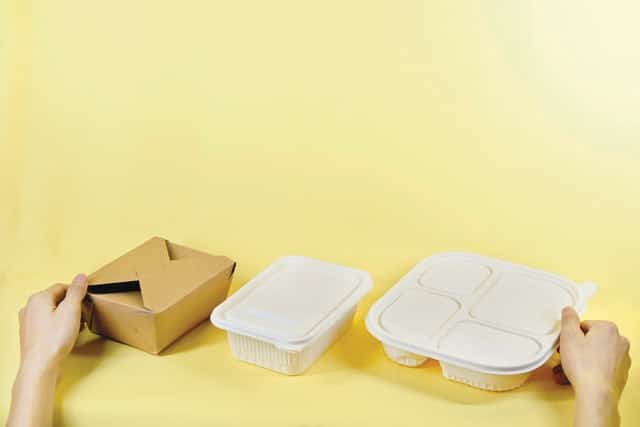
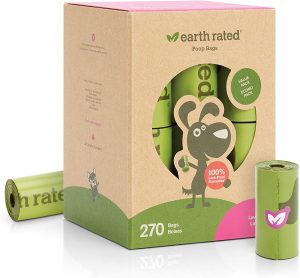
![Paper-Drinking-Straws-[200-Pack]-100%-Biodegradable---Assorted-Colors](https://www.eco-friendly.website/wp-content/uploads/2021/05/Paper-Drinking-Straws-200-Pack-100-Biodegradable-Assorted-Colors-300x267.jpg)
